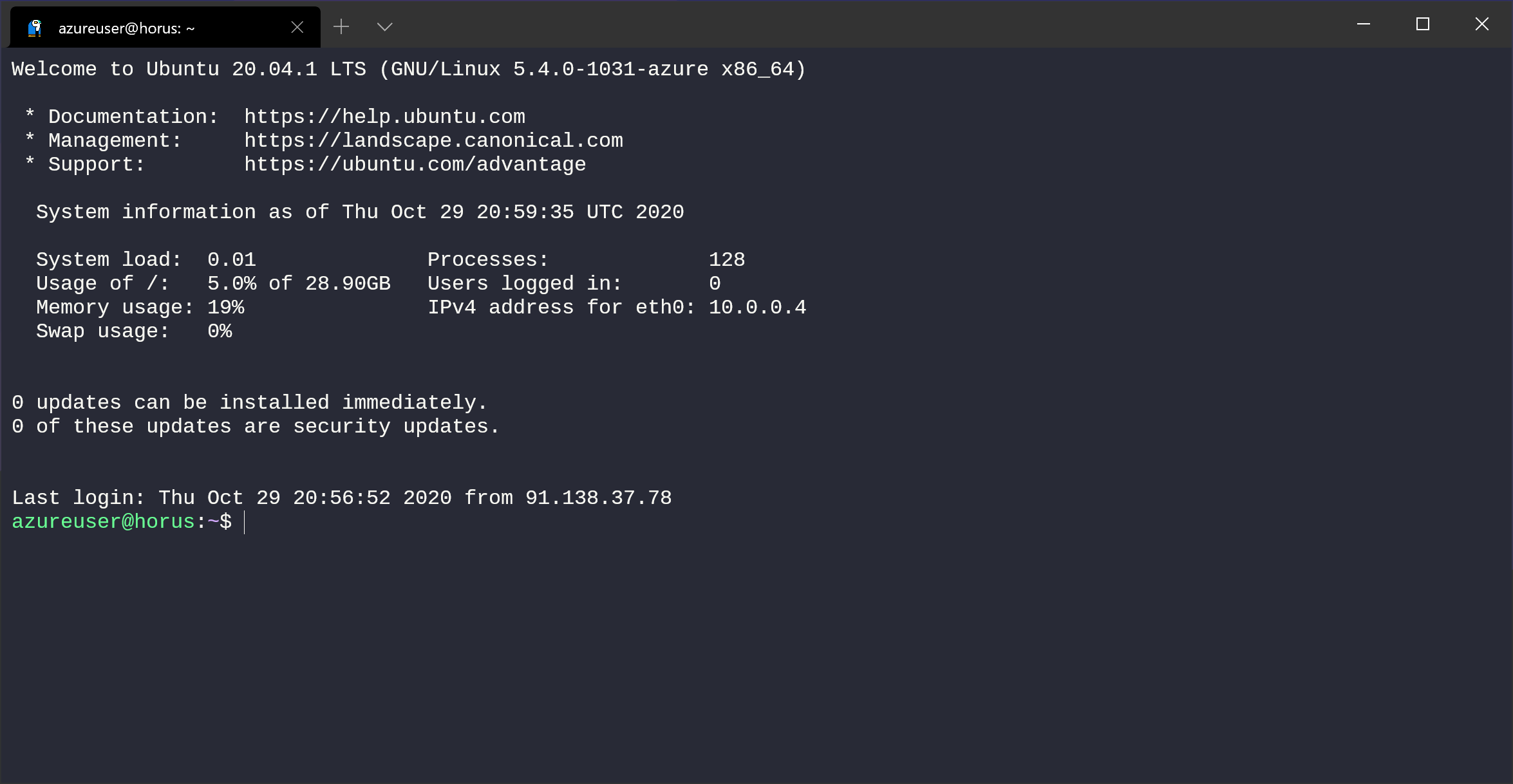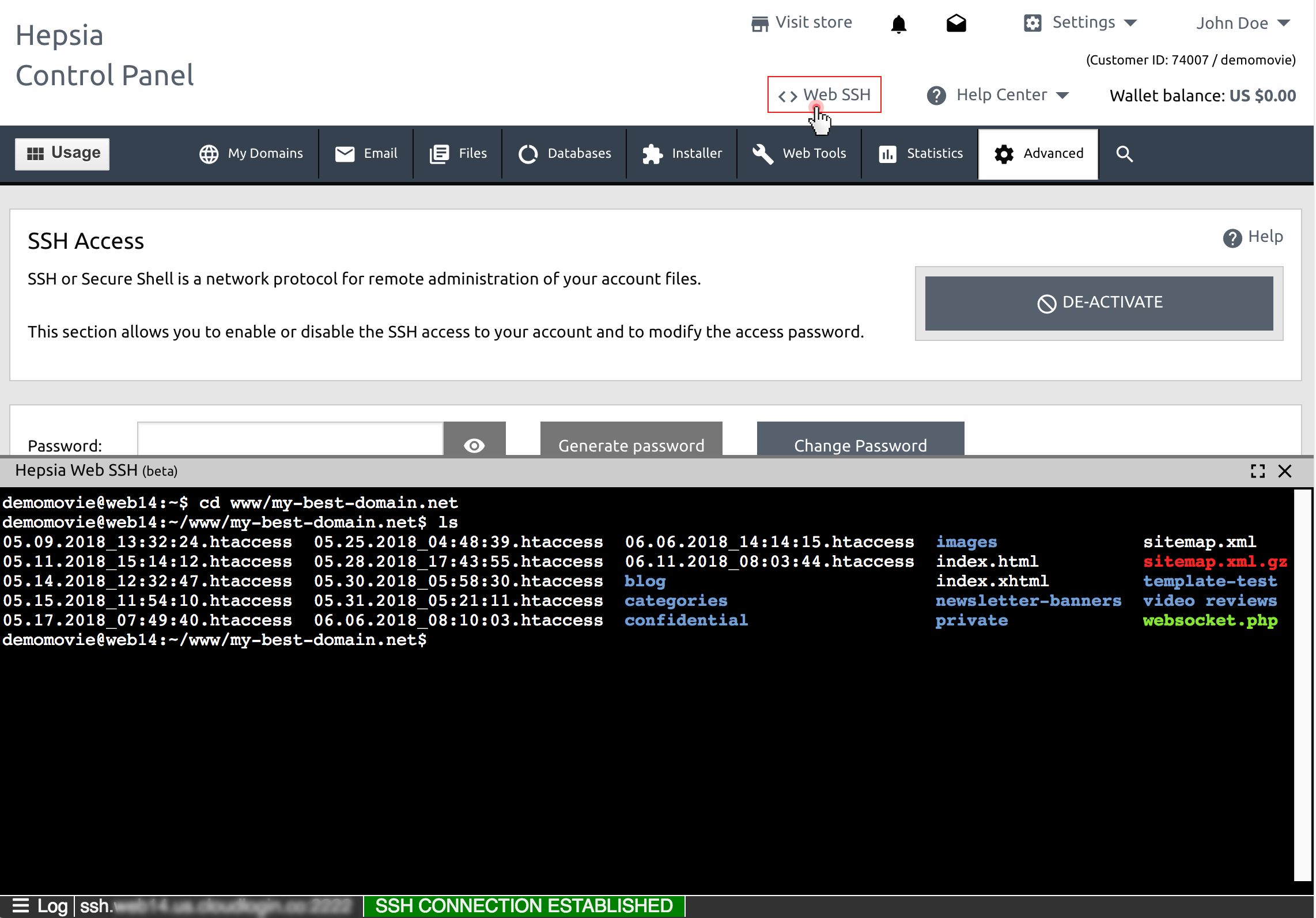Revolutionizing Remote Access: The Rise Of RemoteIoT Web SSH Servers
In today's fast-paced digital era, the demand for seamless connectivity and remote management of devices is more pronounced than ever. Imagine a scenario where you're miles away from your office or home, yet you can effortlessly control your Raspberry Pi, IoT devices, or even your Windows server through a simple web browser. This is not a distant dream but a reality brought forth by the RemoteIoT web SSH server. The technology empowers users with the ability to securely manage devices remotely, offering a blend of convenience and robust security. The implications of this innovation extend far beyond personal convenience, impacting industries reliant on IoT devices and remote server management.
The necessity for secure remote access has surged as more businesses and individuals adopt IoT devices and cloud-based solutions. A RemoteIoT web SSH server serves as a pivotal tool, enabling users to manage their devices from any location. Whether you're an IT professional handling multiple servers or a hobbyist experimenting with Raspberry Pi, this technology facilitates administrative tasks, performance monitoring, and troubleshooting without requiring physical presence. It integrates the secure communication protocols of SSH with the universal accessibility of web browsers, providing a comprehensive solution for remote device management. This capability is increasingly critical in a world where connectivity is paramount.
| Category | Information |
|---|---|
| Concept | RemoteIoT Web SSH Server |
| Function | Facilitates secure remote access and management of IoT devices and servers via a web browser. |
| Technology | Utilizes SSH protocol for secure communication combined with a web-based interface for accessibility. |
| Benefits |
|
| Use Cases |
|
| Security |
|
| Setup |
|
| Advantages |
|
| Considerations |
|
| Additional Info |
|
| References |
The RemoteIoT web SSH server has been gaining traction among tech enthusiasts and industry professionals alike. The technology's ability to bridge the gap between physical presence and remote management has made it an indispensable tool. For instance, IT professionals managing large-scale networks or cloud-based infrastructures can now oversee operations from any corner of the globe. Similarly, hobbyists experimenting with Raspberry Pi projects can troubleshoot issues without being tethered to their devices. This flexibility has transformed how individuals and organizations approach device management.
- Courtney Palmer Updates Investigations What You Need To Know
- Daniel Gibson Stats Contract Salary Career Latest News
The adoption of RemoteIoT web SSH servers has also sparked discussions about its potential applications in various industries. In the healthcare sector, for example, remote monitoring of IoT-enabled medical devices could enhance patient care. Hospitals and clinics could utilize this technology to manage critical equipment from a centralized location, reducing the need for on-site technicians. In manufacturing, factories equipped with IoT devices can streamline production processes by allowing engineers to monitor and adjust settings remotely. This not only improves efficiency but also reduces downtime, leading to significant cost savings.
Furthermore, the integration of RemoteIoT web SSH servers aligns with broader trends in technology. As the world becomes increasingly interconnected, the demand for secure and efficient remote access solutions will continue to grow. Companies like Tesla and SpaceX, which rely heavily on IoT devices and remote server management, could benefit immensely from such innovations. Elon Musk's ventures, for instance, often require seamless connectivity across global operations. By leveraging RemoteIoT technology, these companies could enhance their operational capabilities and maintain a competitive edge in their respective industries.
The societal impact of this technology cannot be overlooked. As more people adopt IoT devices for personal use, the ability to manage them remotely becomes crucial. Smart homes, for example, rely on interconnected devices that require constant monitoring and adjustments. RemoteIoT web SSH servers offer a secure and convenient way to manage these devices, empowering individuals to take control of their smart environments. This not only enhances user experience but also fosters greater adoption of smart home technologies.
- Lord Of The Rings Extended Editions In Theaters Tickets Showtimes Now
- Find A Lawyer Near You Ramsey Law Legal Expertise
However, the adoption of RemoteIoT web SSH servers also raises important questions about security and privacy. While the technology provides robust encryption through SSH protocols, users must remain vigilant about potential vulnerabilities. Cybersecurity threats are a growing concern, and improper configuration of the server could expose sensitive data to unauthorized access. Organizations and individuals must prioritize security measures, such as regular updates and strong authentication protocols, to mitigate these risks.
The evolution of remote access technologies has been shaped by the contributions of pioneers in the tech industry. Figures like Tim Berners-Lee, the inventor of the World Wide Web, and Linus Torvalds, the creator of Linux, have laid the foundation for innovations like RemoteIoT web SSH servers. Their work has enabled the development of secure communication protocols and open-source technologies that power modern remote management solutions. As we continue to advance in this field, it is essential to recognize the contributions of these trailblazers and build upon their achievements.
In the context of RemoteIoT web SSH servers, the importance of collaboration cannot be overstated. Developers and engineers worldwide contribute to the refinement of SSH protocols and web-based technologies, ensuring their continued relevance and effectiveness. Open-source communities play a pivotal role in this process, fostering innovation and driving the development of cutting-edge solutions. By embracing collaboration and leveraging collective knowledge, the tech industry can create tools that address the evolving needs of society.
Looking ahead, the future of RemoteIoT web SSH servers appears promising. As technology continues to advance, we can expect even more sophisticated solutions that enhance remote management capabilities. Innovations in artificial intelligence and machine learning could further optimize these systems, enabling predictive maintenance and automated troubleshooting. Additionally, the integration of 5G networks could provide faster and more reliable connectivity, further enhancing the user experience. These advancements will undoubtedly shape the landscape of remote device management in the years to come.
In conclusion, the RemoteIoT web SSH server represents a significant leap forward in the realm of remote device management. Its ability to combine secure communication protocols with the accessibility of web browsers has transformed how individuals and organizations approach device management. By addressing the needs of diverse industries and fostering collaboration among developers, this technology continues to evolve and adapt to the ever-changing demands of the digital age. As we look to the future, the potential applications and impact of RemoteIoT web SSH servers are boundless, promising a new era of connectivity and convenience.



Detail Author:
- Name : Maxwell Hintz
- Username : sstamm
- Email : lmarvin@eichmann.info
- Birthdate : 2005-12-18
- Address : 2738 Jefferey Station Apt. 912 West Raleighburgh, ME 63097
- Phone : 743.798.8481
- Company : Lockman, Jaskolski and Grimes
- Job : Central Office
- Bio : Autem corporis placeat odit deserunt et nostrum culpa. Quia voluptatem vero repellat veniam sit facere. Maiores temporibus ipsam id adipisci. Dolores non incidunt sapiente et.
Socials
twitter:
- url : https://twitter.com/bennie2497
- username : bennie2497
- bio : Aut consequatur eius odio et. Sapiente eos provident voluptatem mollitia nesciunt repellendus. Alias vel assumenda ut et laborum.
- followers : 4998
- following : 604
linkedin:
- url : https://linkedin.com/in/bennie_id
- username : bennie_id
- bio : Quo quos debitis dolor tempore.
- followers : 6294
- following : 951
facebook:
- url : https://facebook.com/bennie.toy
- username : bennie.toy
- bio : Dolor ut ex ducimus et recusandae.
- followers : 1940
- following : 252